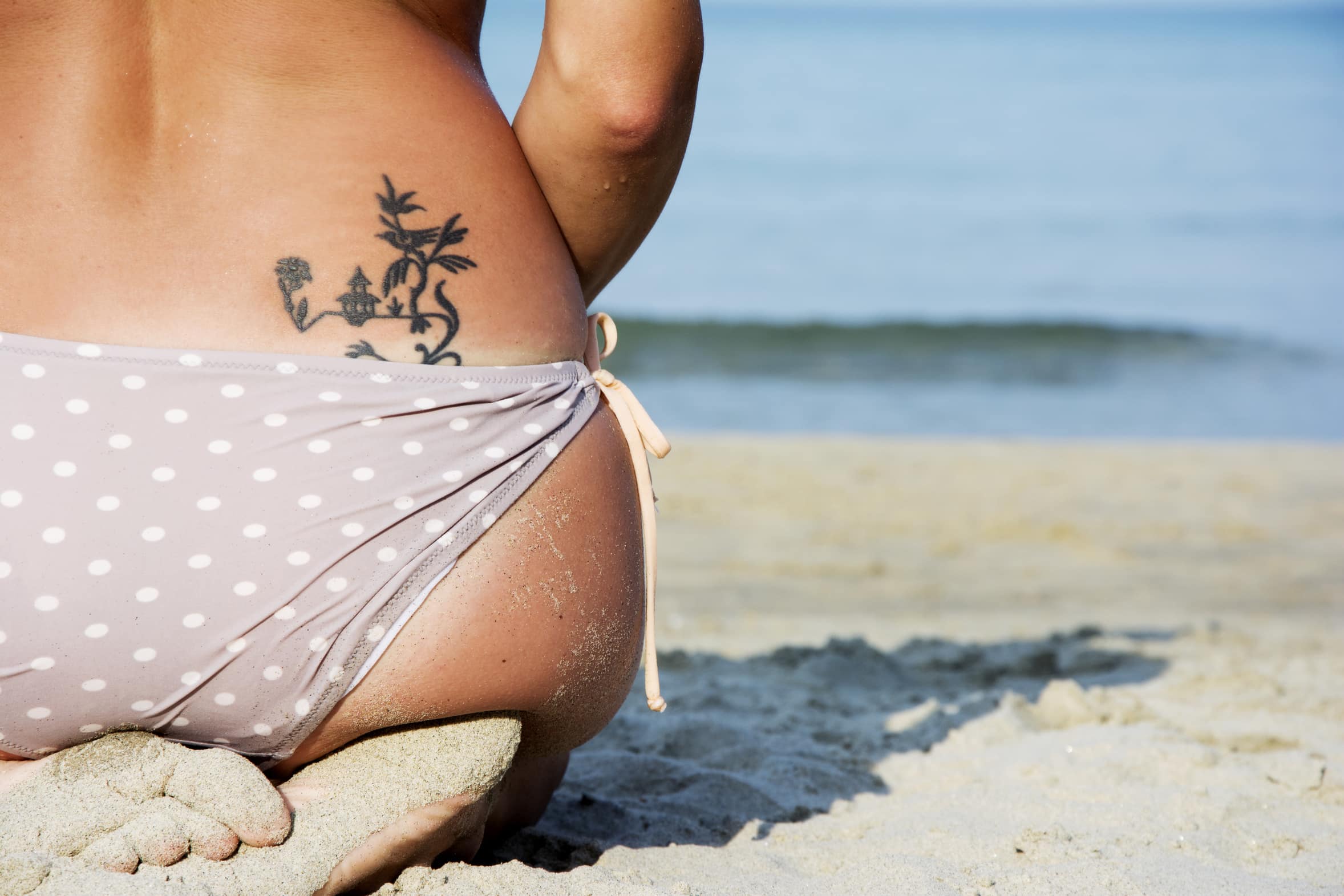Tattoo removal – methods, tips and skin care afterwards

There can be many reasons for having a tattoo removal: perhaps it was a spontaneous holiday whim, a youthful indiscretion or a design that no longer suits your lifestyle. With the right methods, this is now possible – often without scarring or serious side effects. However, the process requires patience and must be carried out professionally.
What methods are available for removing a tattoo?
- Surgical removal (excision)
For very small designs, it is sometimes possible to remove the tattoo by cutting it out. However, this excision always leaves a limited scar and should only be considered if removal with a laser is not possible.
- Dermabrasion
Sanding down the skin to remove a tattoo is considered outdated. It causes extensive scarring, which is why this method is no longer recommended.
- Chemical methods
In the past, attempts were made to remove tattoos by applying highly concentrated lactic acid to or under the skin to cause inflammation. This process is dangerous, often leads to severe scarring and is clearly rejected by doctors, dermatologists and the Federal Institute for Risk Assessment (BfR).
- Laser therapy: The modern, preferred method for removing a tattoo is laser treatment
The modern and preferred method for removing a tattoo is laser treatment. The laser emits ultra-short pulses of light that break the colour pigments into tiny particles. These are then excreted via the lymphatic system and the bloodstream. Local anaesthesia may be useful for sensitive skin.
After each session, which must be repeated several times, the skin should be protected by a sterile, disinfecting dressing applied by a doctor. There should be at least three to four weeks between sessions to allow the body to break down the pigment residues and the skin to recover. A tattoo should always be removed by a dermatologist specialising in laser therapy.
Which tattoos are easy to remove?
Small and shallow tattoos can usually be removed more quickly. However, if you want to remove a colourful tattoo, you will need to expect significantly more sessions, as certain colours absorb the laser light less effectively.
What should I bear in mind after having a tattoo removed?
After a session, you should avoid physical exertion and sport. Direct sunlight is a no-no and the affected areas of skin should be protected with a skin-friendly sunscreen with SPF 50+. It is best to have a tattoo removed during the cooler months of the year.
Regenerating skin care with panthenol and no preservatives supports healing. Gentle baby products can also help to soothe stressed skin.
💡 Ready for your own subline?
After removing a tattoo, the skin needs special care to regenerate optimally. Cosmacon develops individual care products specifically for the period after tattoo removal and for long-term tattoo care.
These are also available as private label products from 100 pieces from our partner, Tojo Cosmetics GmbH – perfect for brands that want to offer high-quality aftercare products.
Literature:
Immune Response in Laser Tattoo Removal: A Systematic Review.
Tjipta A, Ramadhan H, Lubis RA.J Lasers Med Sci. 2023 Dec 27;14:e66.
Scarring after chemical tattoo removal: a retrospective study.
Kenani Z, Le Duff F, Hachem JP, Le Pillouer-Prost A, Martin-Chico R, Patarin M, Laubach H, Ducamp I, Cante V, Perillat Y, Toubel G, Passeron T, Bahadoran P.Eur J Dermatol. 2022 Jan 1;32(1):131-132